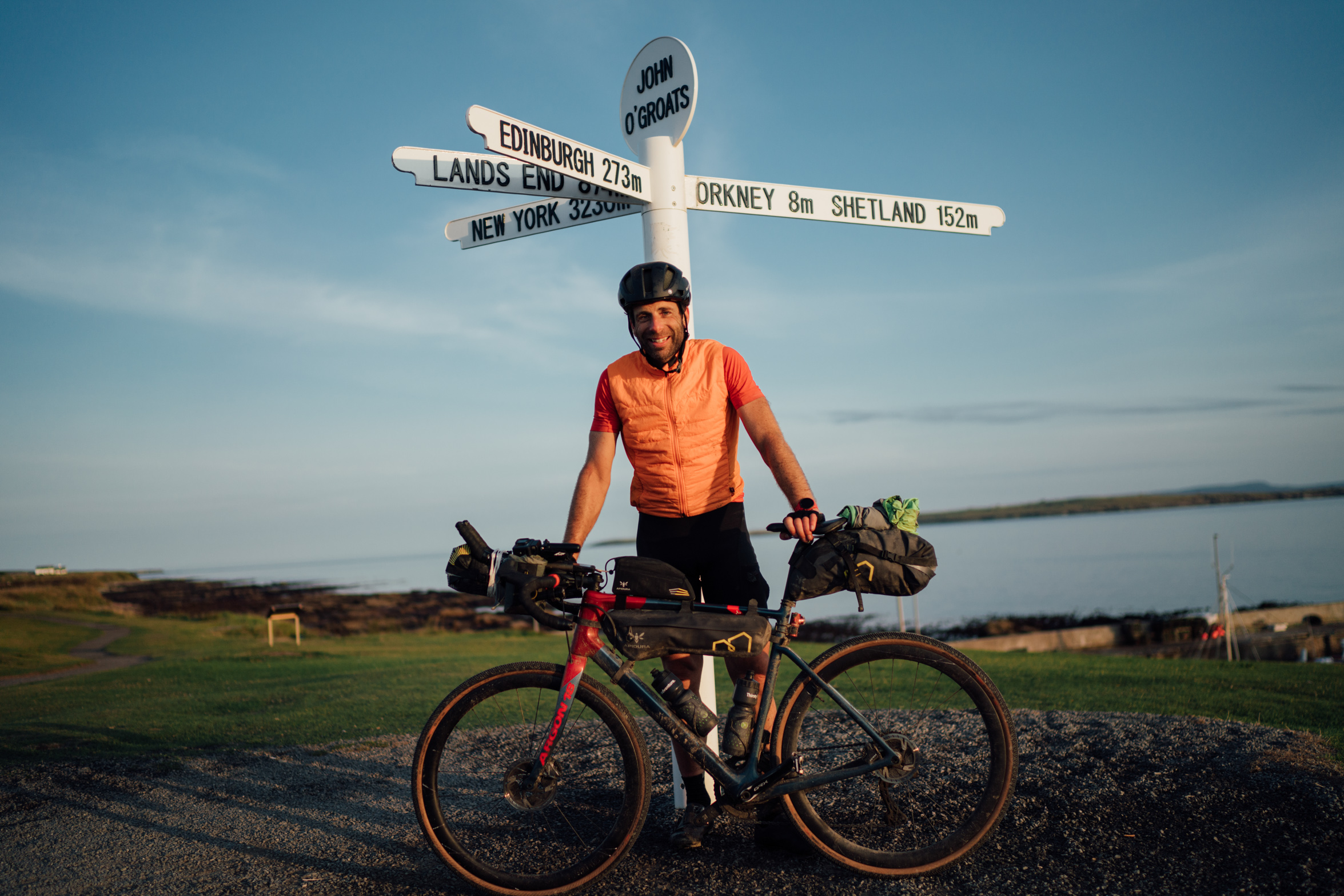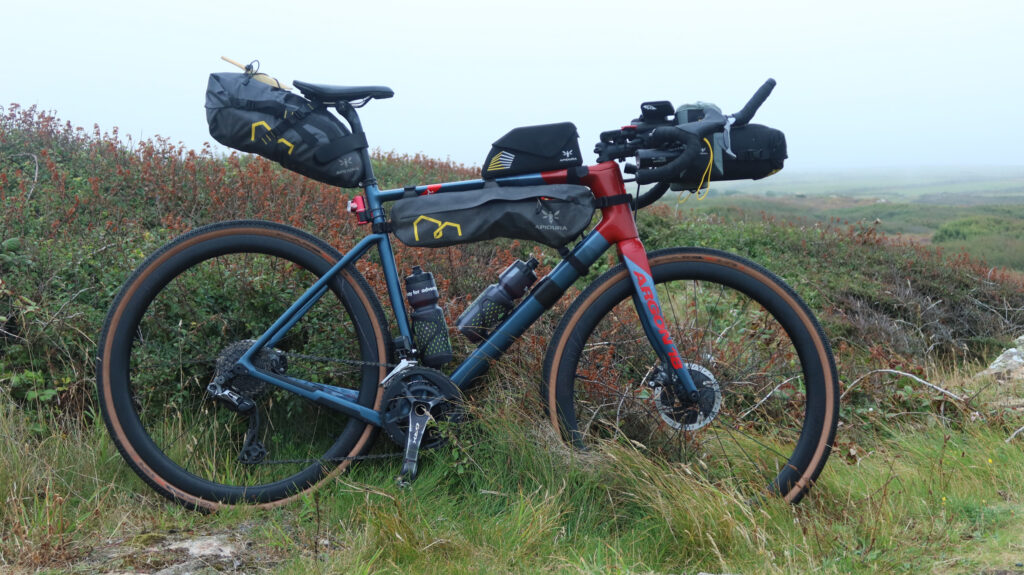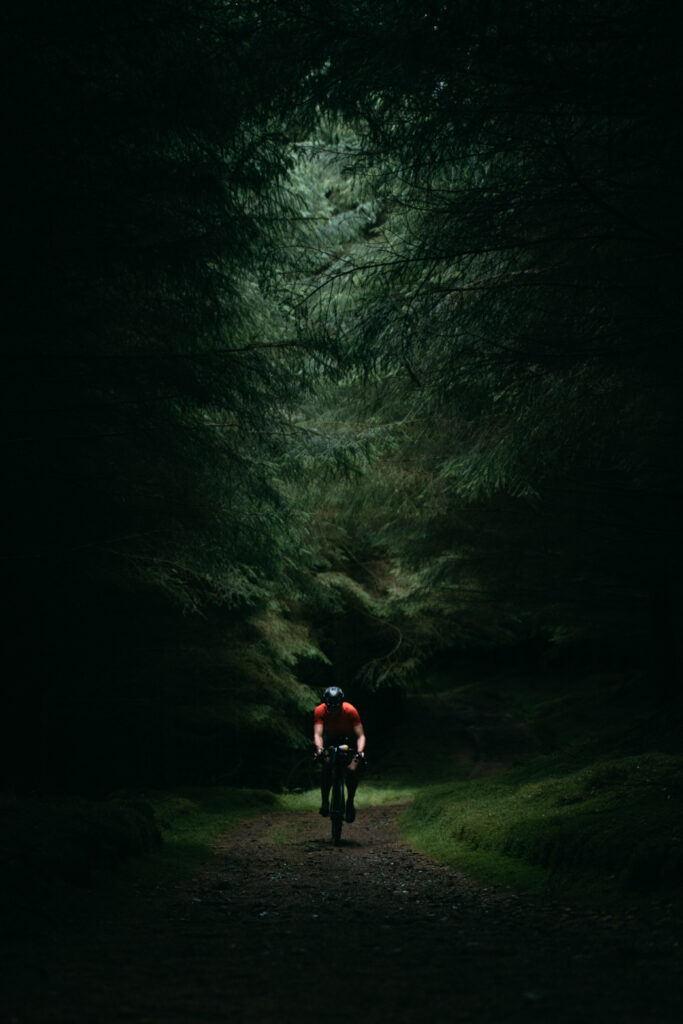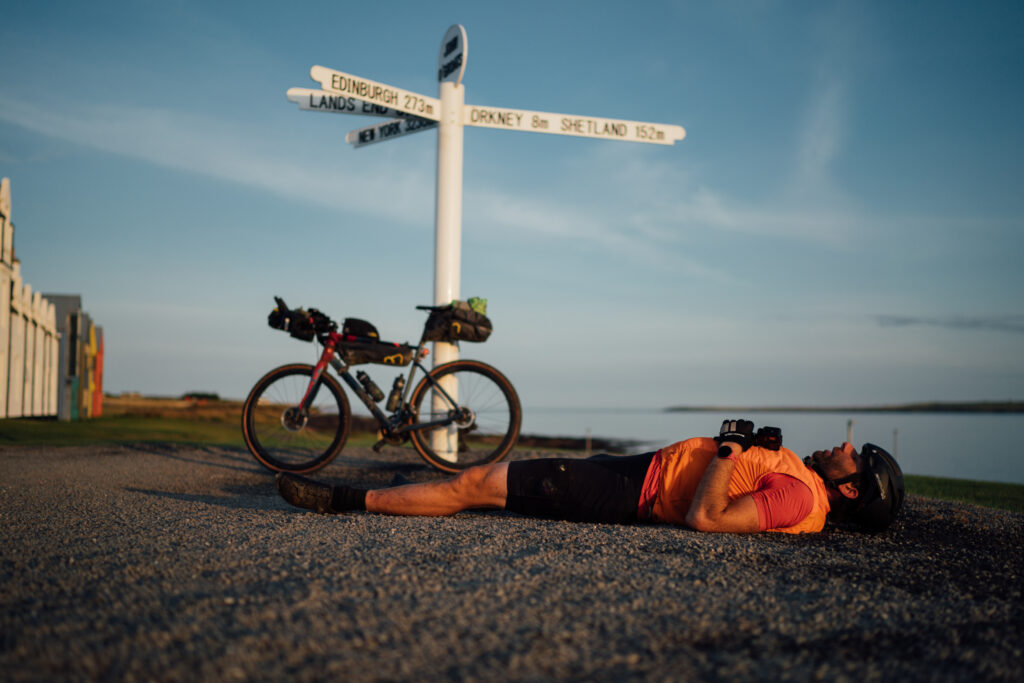How to pack for bikepacking


Bikepacking may be a newish concept, but its ethos is as old as adventure itself. I grew up on horseback, living on a small farm. Homeschooled in the foothills of the highlands of Scotland, life was spent outside, and I was given a huge amount of freedom to explore, including overnight pony-back adventures at a very young age. We would use locally made Vango tents with wooden poles, given to us by Granny Macleod, who was a Girl Guide leader and our mentor in all things camping.
These days I do the very same, but instead of pony-back I travel on two wheels, on both road or gravel. The first time I cycled around the world in 2008, I laid out the bare minimum that I needed to go 18,000 miles and it filled five pannier bags. I was going ‘ultra-light,’ or so I thought at the time. 100 miles a day for half a year was enough to smash the circumnavigation World Record back then. These days, that feat of endurance would barely make the papers. By the time Jenny Graham, a fellow Scot, smashed the female circumnavigation World Record just a few years ago, these touring records of a decade ago had evolved to racing records using minimalist bikepacking arrangements, and the leap in performance has been staggering.
It is truly liberating to be packed on your bike, with all that you need, for long days and indeed long nights in the wild
It is worth remembering why we are opting for bikepacking these days – it’s because these bags, that hug the geometry of the bike frame and bars, maintain the handling and aerodynamics of the bike, as opposed to the ballasts of touring bags. This matters on the road if you wish to travel efficiently, but it matters even more when you head into the off-road, over technical ground. Last year I took on GBDURO, a 2,000km gravel race the length of Britain, through deepest Wales, the Yorkshire dales and Cairngorms of Scotland. Over single-track and constantly changing terrain, having enough kit to be entirely self-sufficient, while remaining agile and efficient, is a revolution worth knowing about.

The answer is always: less than you think. But with a few additions that you maybe haven’t considered.
In my frame bag is the kit that I need access to during the day, which includes a large battery pack, enough to charge my phone and lights at least four times. The few unexpected additions are a SPOT tracker, which means I can have a GPS tracker link for my friends and family to follow (don’t use the ones on your phone as they drain the battery). I also have a small trowel, so I can ‘leave no trace’ when nature calls!
When it comes to clothing, even for a trip that lasts a few weeks, I will only take one set of bib shorts and one cycle jersey. They are easy to wash and quick to dry. A few pairs of socks, a gilet, a waterproof shell and mitts are all you need. Off the bike, a T-shirt and shorts, plus some flip flops if you have space for such luxury.

If you are heading into the mountains, or winter riding, you’ll no doubt be wanting to take a warm sleeping bag with you. But a good tip is to use a lighter sleeping bag, and then layer up wearing a Primaloft jacket, sleeping socks and a hat. Your sleeping bag takes up the largest pack space, so by using the jacket in combination, you save a lot of space. Note not to take a down jacket for most climates, because as soon as that gets wet, it is useless.
A lot of people in the minimalist world love lightweight bivvy bags, almost as much as they love cutting their toothbrush in half! However, here is a top tip – take a tent! Once all your kit is wet, with no option to dry, you are in a difficult, sometimes dangerous place. So don’t compromise on a good night’s sleep. Ultra-light tents are so light these days, like the Project Hydrogen, that you aren’t even compromising on weight. This happened on GBDURO, when most of the field had bivvys, got wet and many had to quit the race. And only a few of us had tents. What a luxury! But utterly priceless in a Welsh storm.
My handlebar bag is what I call my ‘house’ and is the bag that you only need to access at the end of each day. It stores the tent, sleeping bag and roll. Behind my saddle is overnight food, spare clothes, and a few repairs.
What to pack is clearly very individual. If you can’t live without your deodorant, then don’t let me stop you! But all I would encourage is to get out there, take on some multi-day bikepacking trips and learn how little you need. Anything more and you burden your bike, change how it handles and give yourself more to carry up those hills. It is truly liberating to be packed on your bike, with all that you need, for long days and indeed long nights in the wild.
* Mark Beaumont is a Vango ambassador
Talking of bikepacking, and Vango, why not enter our summer competition to win a complete bikepacking set up worth over £,1000
